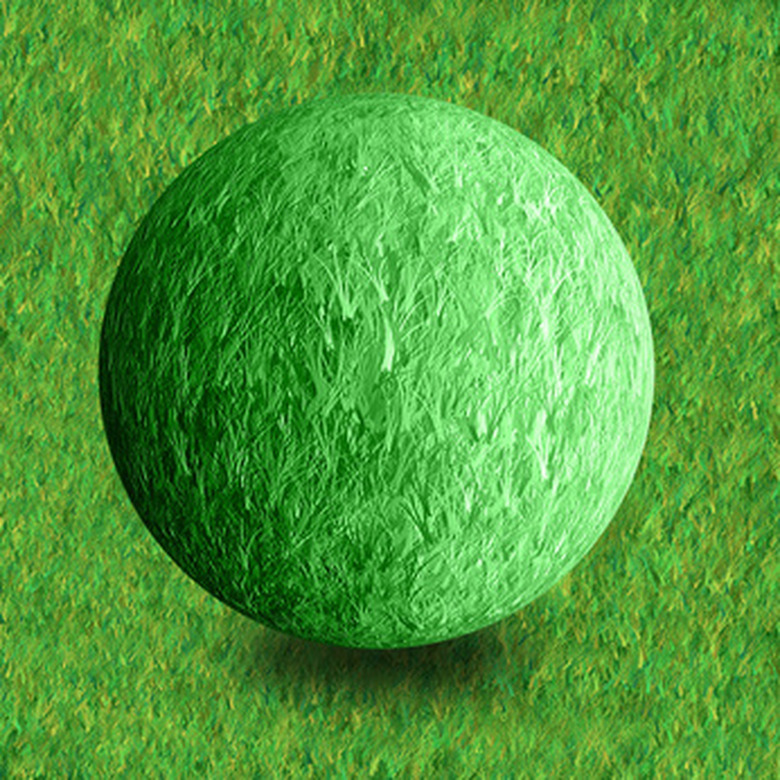How To Make Grass Grow Thicker
Things Needed
- Lawnmower with sharp blades
- Slow-release fertilizer
- Spreader
- Sprinkler
- Tuna or cat food can
- Aerator
Thick grass is healthy grass. To create healthy grass only requires thoughtful maintenance. Like other types of plants, grass has specific feeding, drainage and trimming (or, in the case of grass, mowing) requirements. Once you understand what grass needs to succeed, your grass will naturally grow thick, lush and beautiful. Initial maintenance may take extra effort, especially if your lawn is currently in need of rescue. Continued lawn maintenance will be lessened, as long as you do it regularly.
Step 1
Sharpen lawnmower blades and keep them sharp. Visit a specialist in lawnmower blade servicing and sharpening for best results.
- Thick grass is healthy grass.
- Continued lawn maintenance will be lessened, as long as you do it regularly.
Step 2
Mow lawn regularly to a height of 3 3/4 to 4 inches. Mow fine fescue grasses about 1/2 inch lower. Regular intervals will vary depending on grass type and climate. Use the height of the grass as your guide.
Step 3
Mulch grass clippings or run over them with your lawnmower to chop them finely. Leave them scattered evenly on your lawn; this allows the small pieces to break down and naturally fertilize your lawn.
Step 4
Apply a slow-release fertilizer twice in the spring and once in the fall using a spreader. Use the directions on the package to determine the rate of application; each brand and product has different instructions.
- Mow lawn regularly to a height of 3 3/4 to 4 inches.
- Apply a slow-release fertilizer twice in the spring and once in the fall using a spreader.
Step 5
Water less frequently, but more deeply. Use a sprinkler and a tuna can to apply an inch of water to an area at a time. Monitor the rate of water fall with the tuna can, and move the sprinkler to another location on the lawn when it is full.
Step 6
Aerate once every few seasons to relieve soil compaction and allow water and nutrients to get deeper into the soil. Rent an aerator from a local agricultural supply rental company, or hire a lawn care service to do the job.
Tip
Sharp lawnmower blades prevent excessive damage to grass blades as you mow. This helps prevent diseases from taking root and sickening your grass. Mowing a lawn high allows the grass to spend more time developing deep, strong roots and less time sending up new shoots to replace what you have clipped. It also allows greater surface area to be exposed to the sun, which in turn allows for greater photosynthesis. This results in stronger, thicker grass with improved disease resistance. Slow-release fertilizers take time to break down. Because of this, there is less risk of burning the grass by overfertilizing all at once. They also allow for continual, consistent feeding–exactly what your grass wants. Watering deeply forces grass roots to go deeper in search of water, which results in stronger roots. It also discourages surrounding trees from sending their roots upward, where they compete with your grass for nutrients. Trees and grass both benefit.
